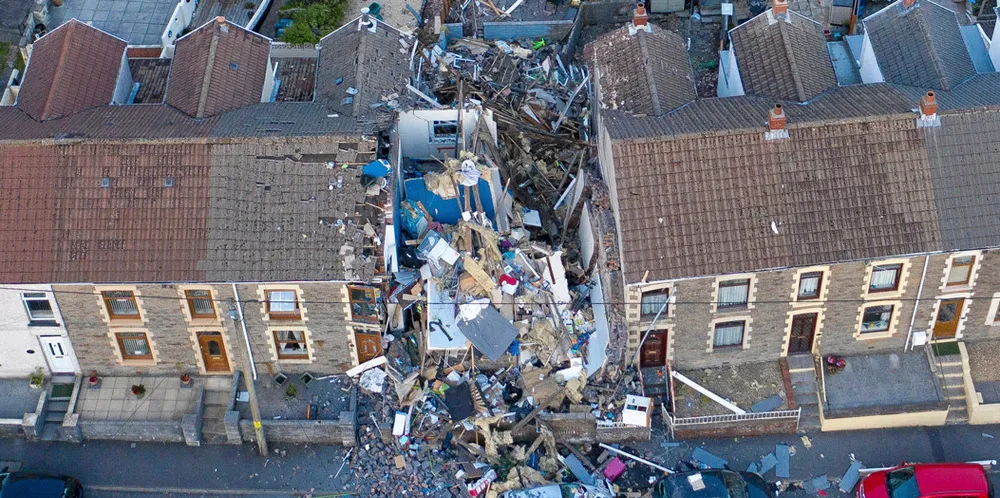Hydrogen blending with natural gas 'puts lives at risk': US doctors
Physicians' groups warn burn of H2 and natural gas blends in heating raises chances of deadly explosions, as well as exacerbating asthma and dementia hazards

Physicians' groups warn burn of H2 and natural gas blends in heating raises chances of deadly explosions, as well as exacerbating asthma and dementia hazards
